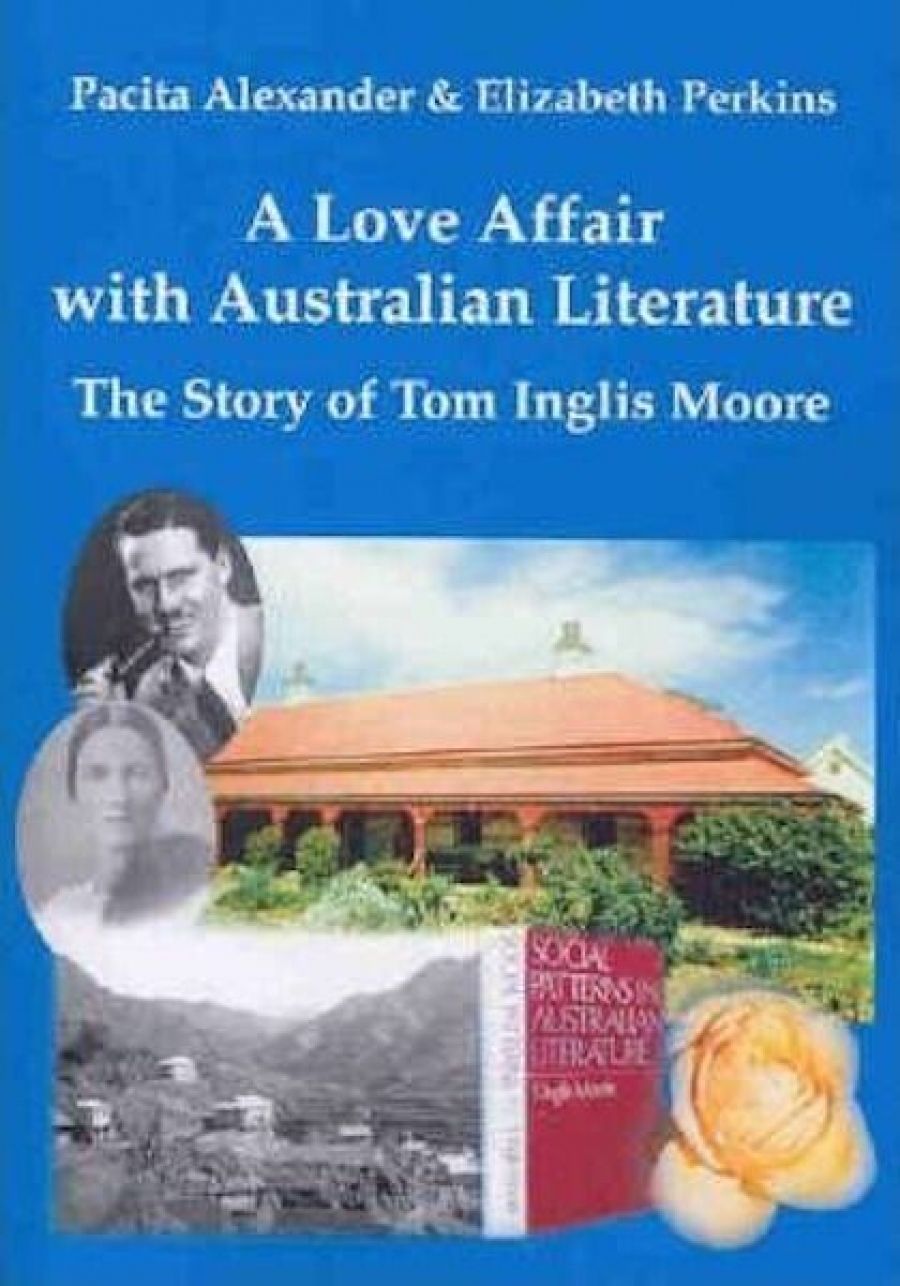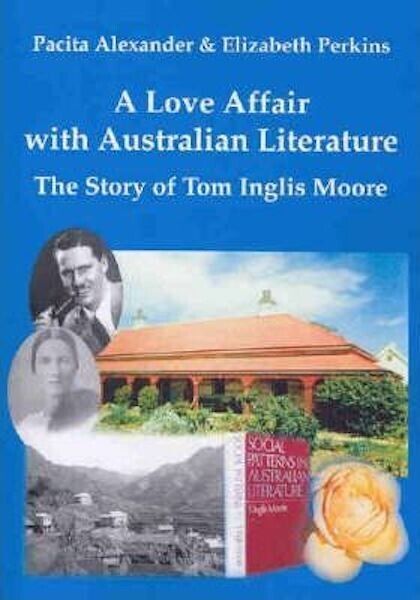
- Free Article: No
- Contents Category: Biography
- Review Article: Yes
- Article Title: A Much Healthier All-round View
- Online Only: No
- Custom Highlight Text:
In 1954, Tom Inglis Moore established the first full-year university course in Australian literature at Canberra University College. English departments in Australian universities had until then resisted anything more than a token presence of Australian texts in their literature courses, many academics agreeing with Adelaide’s Professor J.I.M. Stewart that there wasn’t any Australian literature. Sadly, Inglis Moore’s pioneering initiative was to prove only a provisional victory in the continuing struggle for appropriate recognition of the national literature. When he retired in 1966, his Australian literature course was relegated to alternate years, and his parting plea that the Australian National University establish a chair in the national literature was ignored. In 1973, the ANU English department refused to appoint a specialist lecturer in Australian literature, prompting Dorothy Green to resign in protest. Fifty years after that first dedicated course, there are still only two established chairs in Australian literature in Australian universities – Sydney and James Cook.
- Book 1 Title: A Love Affair with Australian Literature
- Book 1 Subtitle: The story of Tom Inglis Moore
- Book 1 Biblio: Ginninderra Press, $25 pb, 286 pp
- Book 1 Cover Small (400 x 600):

- Book 1 Cover (800 x 1200):

Inglis Moore’s championing of Australian writers and writing was a central theme of a many-faceted life. In paying tribute to that passion, his daughter Pacita Alexander and her co-author, Elizabeth Perkins, who sadly did not live to see the book published, also seek to set the record straight about the conflicts involved in his establishment of that first university course, including Clem Christesen’s vigorous support, and A.D. Hope’s private view that the role of a lecturer in Australian literature would be ‘to suckle fools and chronicle small beer’.
Interwoven with this project is a traditionally ordered biography tracing Inglis Moore’s life from a happy rural childhood in a large and generous family, through study at Sydney and Oxford universities, school and university teaching in the US and the Philippines, journalism in Sydney, army education service in New Guinea and Australia in World War II, teaching Pacific Studies at Canberra University College, to his eventual appointment as associate professor of Australian literature at CUC (later ANU) and his final years as an award-winning gardener.
Inglis Moore was resolutely Australian in outlook, and, while he enjoyed Oxford in the 1920s, he found it less open-minded than Sydney University. The people who wrote poetry in Oxford ‘were aesthetes, often very effeminate’, whereas in Australia: ‘we had a much healthier all-round view. We saw no reason why you shouldn’t play football and then turn round and write a poem – you could be equally interested in either a sonnet or a scrum.’ His own writing of poems and plays was restricted throughout his life by the need to earn a living writing in less imaginative forms, by his teaching duties and by his willingness to take on unpaid labour in the service of Australian literature. The most striking example of the latter was his twenty-six years of unpaid service on the advisory board of the Commonwealth Literary Fund, evaluating proposals and recommending grants, which were all too often rejected by Prime Minister Robert Menzies and other partisan politicians. Hell hath no fury like a writer denied a grant, and Inglis Moore’s persistence in this thankless work at the expense of his own creative writing is testament to his selfless commitment to advancing Australian writing.
It was not all involvement in the contentious business of recommending grants, however. The book documents his many literary friendships, including Mary Gilmore and Hugh McCrae, both of whose letters he edited; and Christesen and Robert D. Fitzgerald, close friends over many years. He contributed to numerous publications on Australian writing, and lectured widely on local writers. When he was finally able to move from teaching Pacific Studies, an expertise derived from his years in the Philippines, to a position where he could teach his first love, Australian literature, his initial course attracted ninety-six students, thus dispelling the stubbornly held view that there was no demand for such subjects. It was only a beginning, however, and disappointments were to follow. Inglis Moore’s D.Litt. Thesis on Australian literature was rejected by Melbourne University in 1964, despite being judged by its examiners to be ‘impressive’, ‘an heroic undertaking’ and ‘criticism of high quality’. As Social Patterns in Australian Literature, it was published in 1971, not in Australia, but by the University of California Press, and it is now recognised as a classic early study of Australian writing and culture.
Written in an engaging manner that wears its research lightly, A Love Affair with Australian Literature is a lively, affectionate, yet clear-eyed celebration of its subject’s life, which also places on record much interesting new information about an important chapter in the chequered history of the advancement of our national literature. It is a pity that it is unlikely to induce the ANU belatedly to accede to Inglis Moore’s request that a chair in that literature be established at the university.


Comments powered by CComment